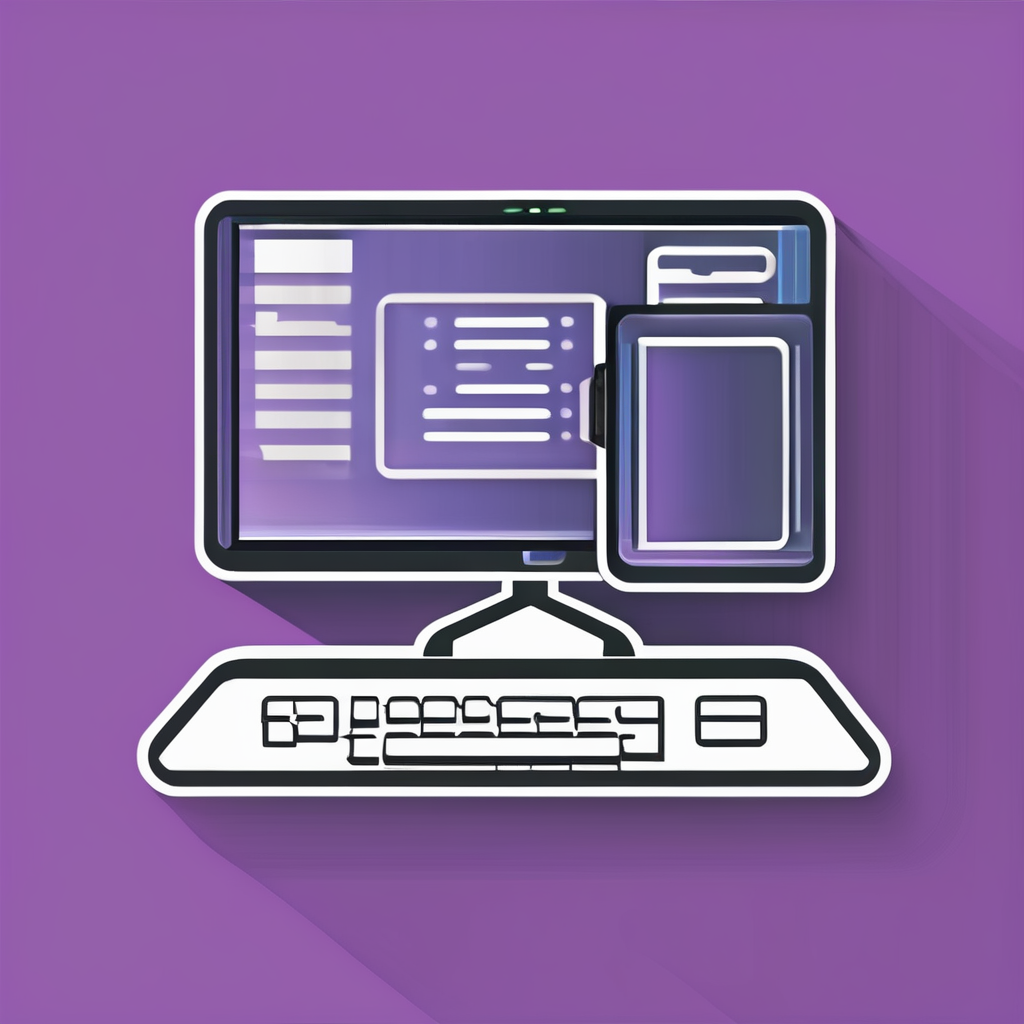Understanding Online Privacy Risks in the Digital Era
In today’s interconnected world, online privacy risks are more prevalent than ever. Common digital threats include data breaches, where hackers gain unauthorized access to sensitive information, and cyberattacks like phishing or ransomware that compromise personal data protection. These threats put individuals’ private information—such as emails, passwords, and financial details—at significant risk.
Personal information is often collected by websites and apps through tracking cookies, forms, or even background data sharing. While some data collection supports service improvements, it can also lead to misuse, such as targeted advertising or identity theft. Awareness of how your data is being gathered and potentially exploited is critical in safeguarding your digital footprint.
In parallel : What Are the Most Common Misconceptions About Internet Privacy?
Recent statistics reveal that millions of data breaches occur annually, affecting billions of accounts. These trends emphasize the urgent need for robust personal data protection measures. From regularly updating passwords to utilizing encryption tools, addressing online privacy risks requires proactive steps and staying informed on evolving digital threats.
Essential Habits for Safeguarding Online Privacy
Online privacy protection starts with practicing effective personal cybersecurity habits. Using strong, unique passwords for every account is fundamental. Reusing passwords makes it easier for attackers to access multiple services if one gets compromised. Password managers greatly simplify creating and storing complex passwords, so you don’t have to remember them all manually.
Topic to read : How Can Internet Growth in the UK Shape Future Business Opportunities?
Another crucial habit in protecting privacy online is recognizing phishing attempts and suspicious links. Many cybercriminals use fraudulent emails and messages to trick users into revealing sensitive information or installing malware. Learning how to spot unusual URLs, unexpected attachments, or urgent requests helps prevent falling victim to these scams.
Keeping software and devices up to date also strengthens your personal cybersecurity. Regular updates patch vulnerabilities that hackers exploit to gain unauthorized access. Automatic updates for operating systems, browsers, and apps ensure continuous protection without burdening users with manual checks.
Together, these habits form a robust defense framework for safeguarding online privacy. Emphasizing strong passwords, vigilance against phishing, and timely updates helps minimize risks and maintain control over your digital footprint.
Tools and Technologies That Enhance Digital Privacy
Protecting your privacy online begins with VPNs, which mask your internet activity and location by routing your connection through encrypted servers. This prevents trackers and malicious actors from identifying your actual IP address, significantly reducing the risk of data interception and profiling.
Next, secure browsers play a vital role. Privacy-focused browsers often block trackers and ads by default, enabling smoother and safer browsing without constant data collection. Pairing these browsers with privacy-focused search engines further minimizes data footprints, as these tools do not profile users or store personal queries.
Additionally, regularly installing and updating antivirus and anti-malware software is essential. These privacy tools detect and neutralize threats that may compromise your sensitive information. Keeping these programs current ensures protection against newly emerging vulnerabilities and cyber threats.
Together, VPNs, secure browsers, and privacy tools form a robust defense strategy. By implementing these technologies, you gain stronger control over your online privacy and reduce exposure to potential data breaches.
Managing Privacy on Social Media and Mobile Apps
Protecting your digital footprint with smart controls
When it comes to social media privacy, start by reviewing and adjusting your platform settings regularly. Popular networks like Facebook and Instagram offer detailed controls to limit who can see your posts and personal information. Use these tools to restrict your profile visibility and block unwanted access.
App permissions also deserve attention. Many mobile apps request access to data that is not essential for their function. By limiting app permissions, you reduce the risk of unnecessary data collection. Check which permissions are active—such as location, contacts, or microphone—and disable any that feel intrusive or irrelevant. This ensures that apps collect only what is necessary for their service.
Being mindful of what you share online is crucial. Avoid posting sensitive information and use audience controls to decide who views your content. Data sharing controls let you manage how much of your digital life is public versus private, reducing exposure to potential misuse. Stay proactive with these settings; managing social media privacy and app behaviors is your best defense for maintaining control over your personal information.
Additional Steps for Protecting Privacy on Public Networks
When connected to public Wi-Fi safety is paramount. Public networks are often unsecured, making it easier for hackers to intercept your data. This interception can include sensitive information like passwords, credit card details, and personal messages. To maintain network security, avoid accessing sensitive accounts over open Wi-Fi without protection.
A highly recommended approach is using a Virtual Private Network (VPN). VPNs encrypt your internet traffic, significantly enhancing safe online browsing by shielding your data from potential eavesdroppers. VPNs create a secure tunnel for your connection, even on untrusted networks, reducing risks effectively.
Additionally, prevent your device from automatically connecting to unknown public networks. This practice helps mitigate exposure to malicious hotspots designed to steal private information. Disabling file sharing and network discovery options on your device provides another layer of protection. These settings can unintentionally expose your files and data to others on the same Wi-Fi.
Taking these steps enhances your public Wi-Fi safety and supports prudent, secure internet use in public spaces, keeping your personal information safeguarded.

